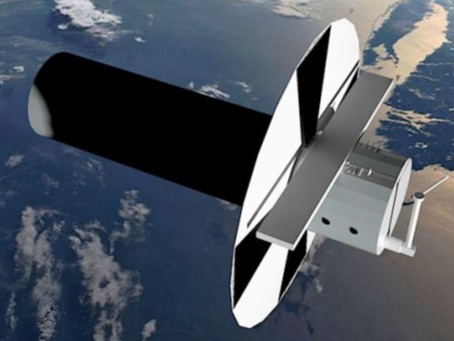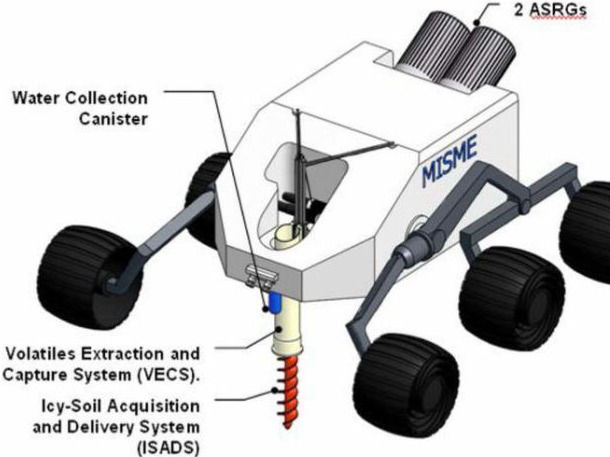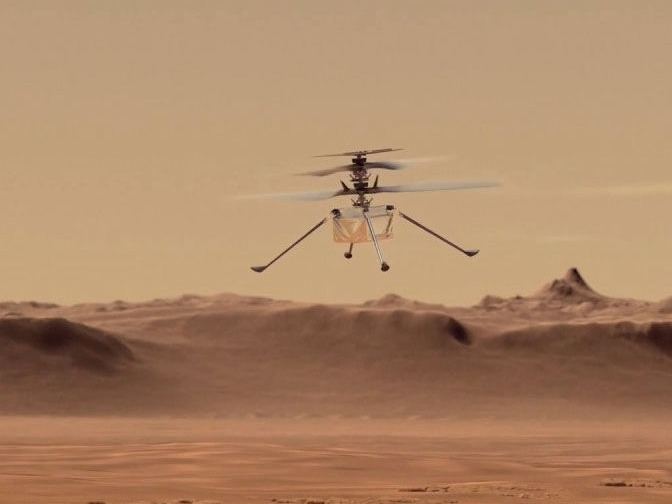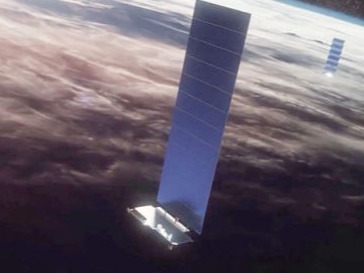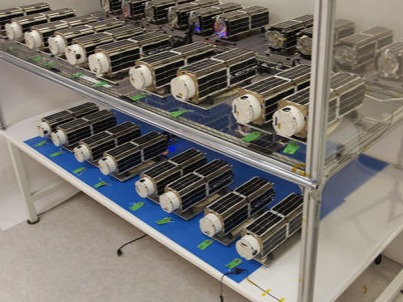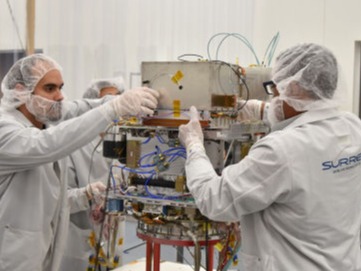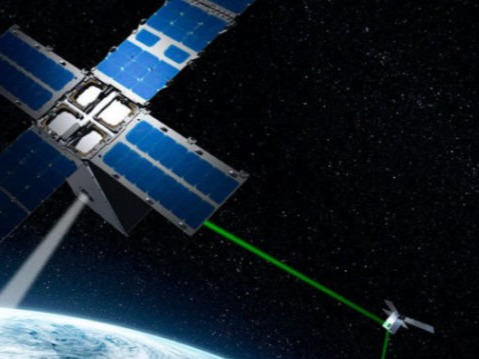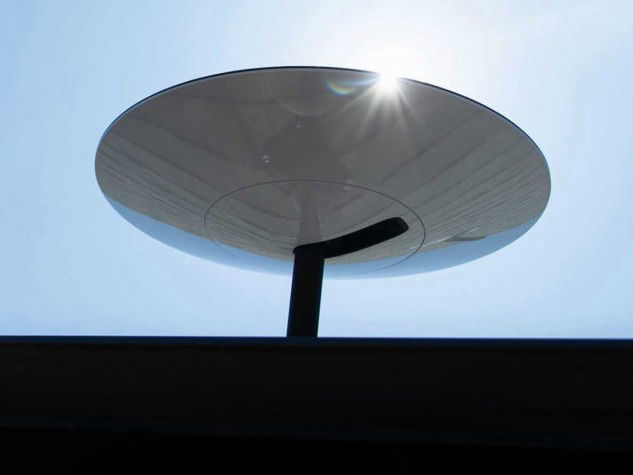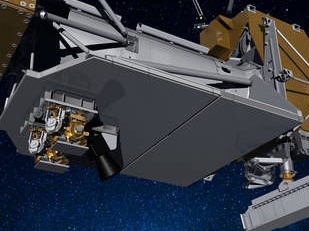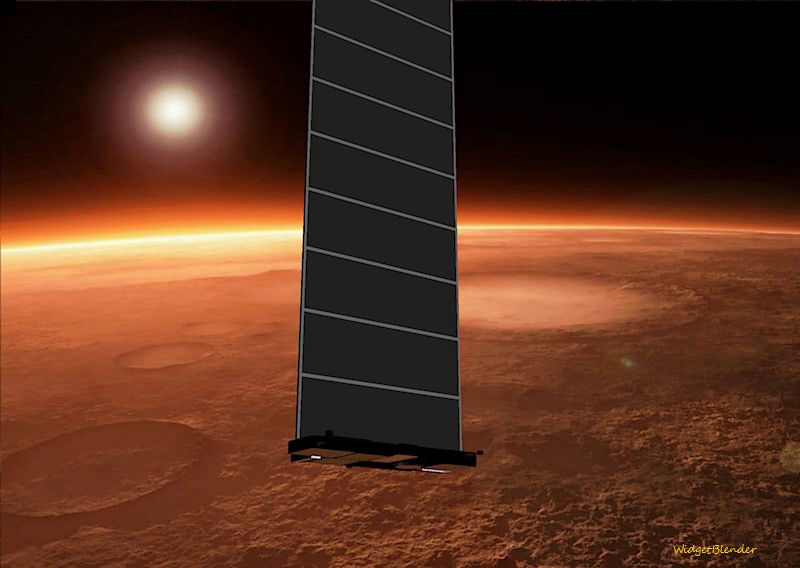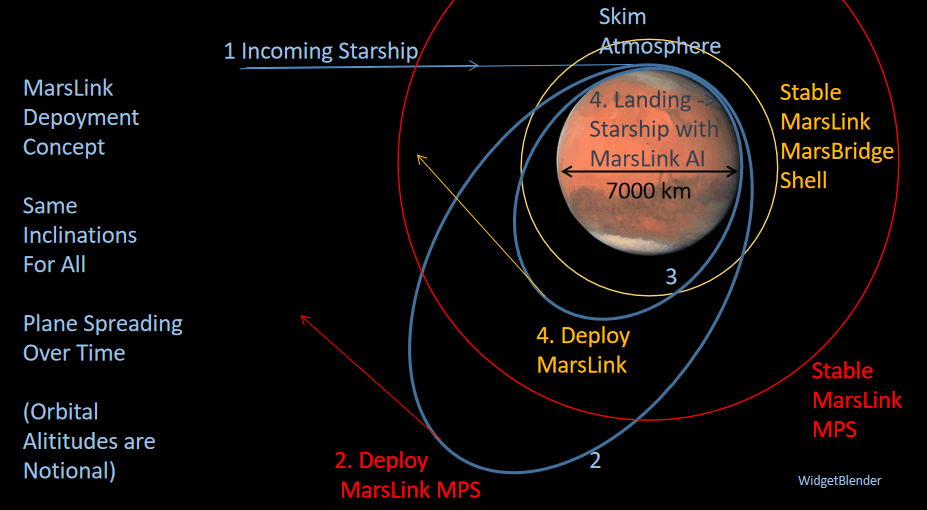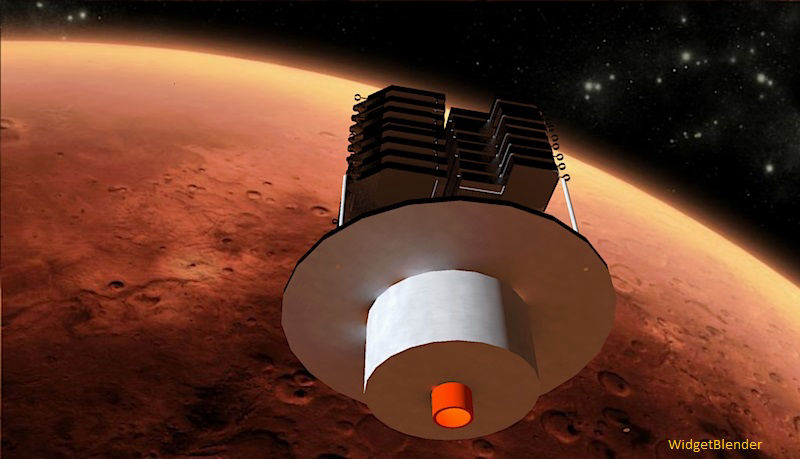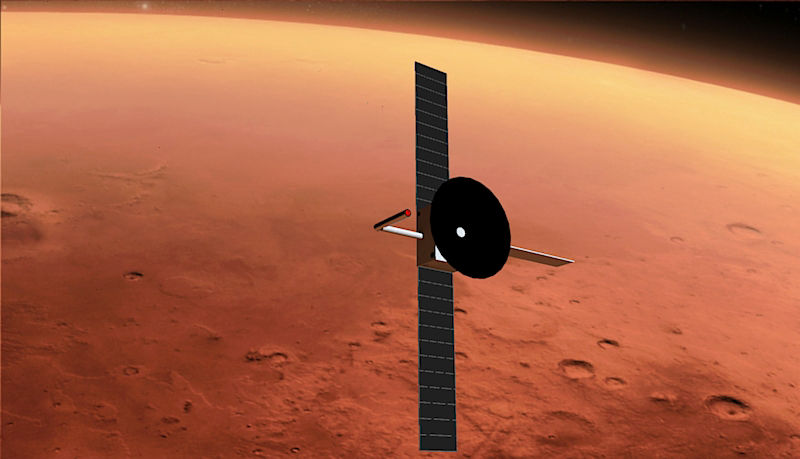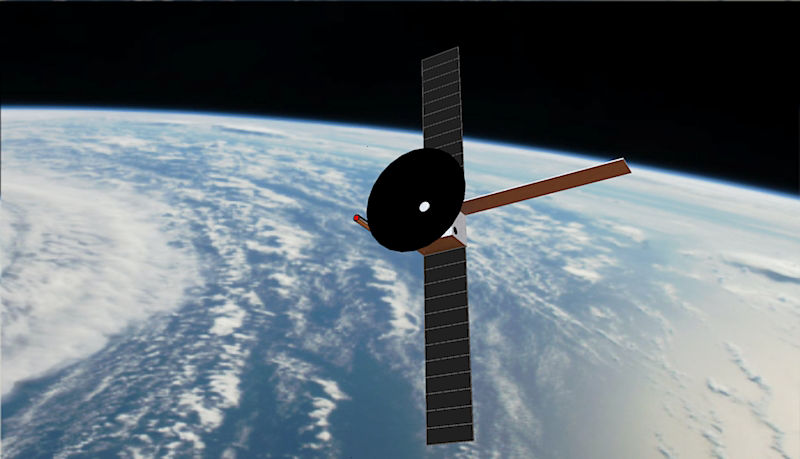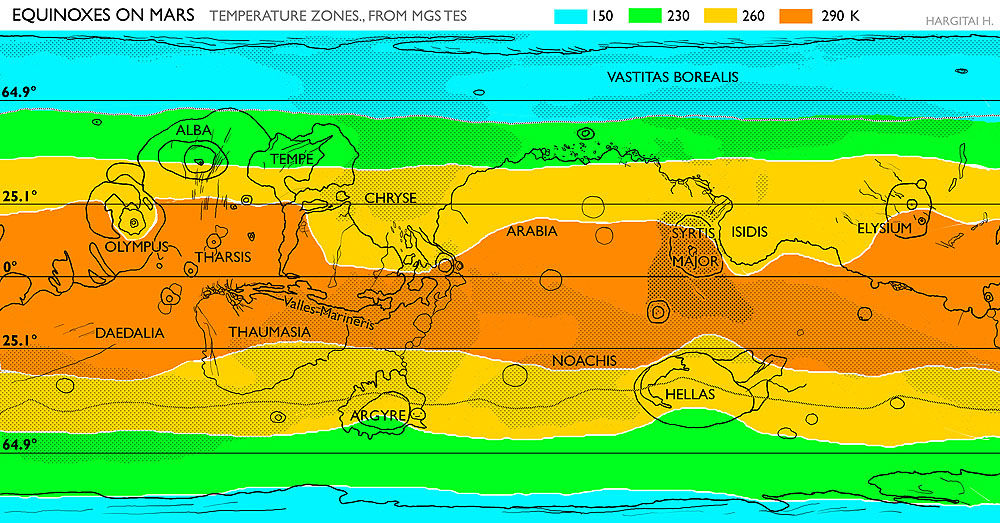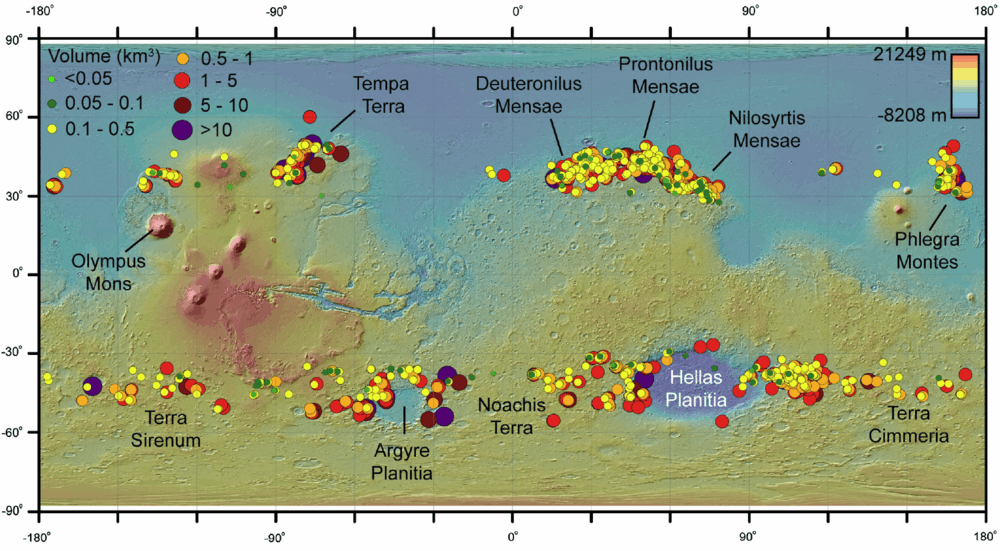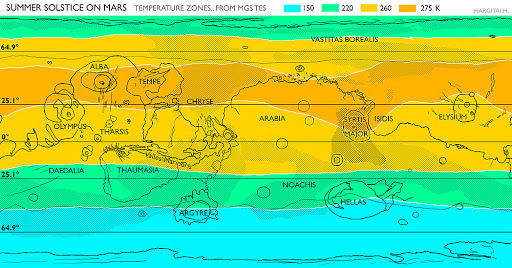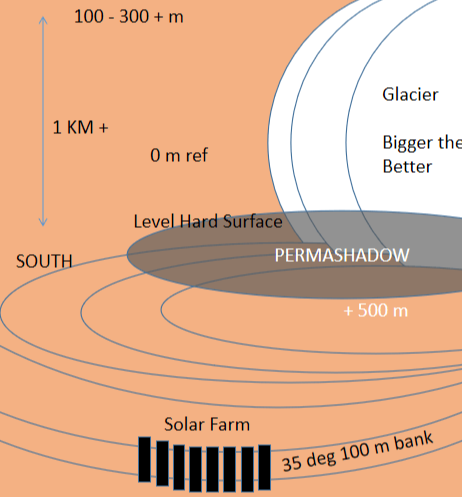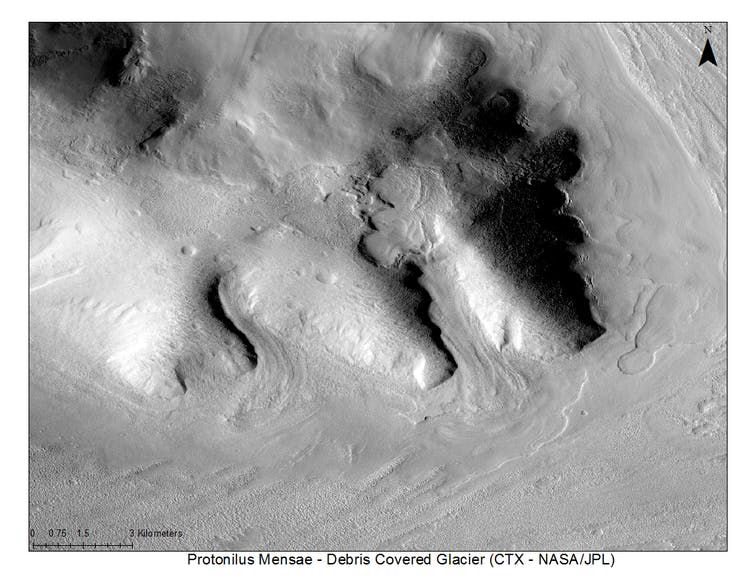First Cargo Starship: Deploy MarsLink
MarsLink is an optional capability. SpaceX does not need MarsLink to conduct early Mars operations ... but it could greatly improve the effectiveness of operations at a low cost. The location of the best water supply is key to any Mars colonization ... and an additional few hundred millions to create a better information infrastructure will probably be well worth the investment ...
NOTE: Concept validated by Elon Musk at Mars Convention Q&A!
MarsLink Components:
MarsLink MPS 16 sats (inc backups) (7 tons with kick stage) at 5000 km (based on Starlink, DSAC, MRO type radios)
MarsLinks MPS (Mars Positioning System) would carry "GPS" like equipment based on the Deep Space Atomic Clock. It should provide 1 meter position resolution over all of Mars once calibrated by tracking stations on landed Starships. 16 sats should provide 100% "3 in view" coverage.
MarsLink (BroadBand & Sensor) 100 sats (inc backups) (37 tons with kickstage) at 1000 km (based on Starlink and ongoing DoD sensor additions work, MRO type radios)
Very close to generic Starlinks with some additional radiation coatings. They would enable 100Gbps comms everywhere on Mars ... enabling local 24x7 operations of highly distributed rovers operated by MarsLink AI (see below). 1000s of GB of daily data would be reduced on Mars to fit in much the much more restricted Mars to Earth communications link. They would connect to Earth via either MRO (gappy and only 8Mbps max), landed Starships with MRO type High Gain Antenna (only 8Mbps, but gapless) and/or MarsBridge Sats (up to 1 Gbps, gapless) if deployed. The sensors also provide gapless real-time sensor coverage toward the poles and coverage with 1-10 minute gaps toward the equator. 100 satellites should provide 100% coverage at a minimun line-of-sight of 30 degrees above the local horizontal. The number can be reduced to save costs ... opening up some gaps near the equator. Again, we expect some radiation losses so 100 satellites provides some gap filling potential toward the poles (where there will be more activity). Max distance from ground station to MarsLink = 1500 km.
MarsBridge ... 3 at 1000 km in Mars orbit ... 3 in Earth LEO (new satellite with some Starlink components, MRO type radios, LCRD)
The MarsBridge option would be a new satellite using some Starlink components, such as the solar array, pointers, ion thrusters ... with NASA tech scaled up from the Laser Communications Relay Demonstration. It would enable up to 1 Gbit comms between Earth and Mars 99% of the year.
MarsLink AI (requires MarsLink Comms to be a non-local service, based on Telsa FSD computers)
Essentially local Mars cloud computing (based on a cluster of Telsa FSD computers) hosted inside landed Starships connected by MarsLink Comms. Can be used for data reduction, analysis and autonomous driving and operations of MarsLink Comms connected rovers. 1000x the effective ability of Earth based computing with millisecond latency for agile rover driving and ops.
Value of these services to general Mars exploration:
These services would enable far more autonomous operations of an army of payloads, sensors and rovers we should expect in the 2020s as Starship drops the cost of Mass-On-Mars to under $1M/ton up to 100 tons. One might imagine many customers using these low cost service vs needing custom solutions to greatly speed up the search for water, life and resources. SpaceX would sell these services to any machine operator that put a Starlink radio on their rover, sensor or spacecraft. A large body water will be so valuable to a Mars colony any prospecting productivity boost will be worth the investment.
Note that due to much higher radiation in Low Mars Orbit (LMO) than LEO MarsLinks may not last long. An approach is to refresh MarsLink every 2 year launch window with a single Cargo Starship just before a new Starship armada arrives.
Mission Sequence:
1) Earth Launch
2) LEO 100% Fuel Depot Refuel
3) Depart for Mars ... 7 month trip
4) Place 3 MarsBridge satellites in LEO with a single Cargo Starship, test Starlink integration
5 see diagram below) Skim Mars atmosphere starting over the poles to put Cargo Starship first a in High Elliptical Polar Orbit, release MPS MarsLinks on a SuperDrago Kickstage. On the next skim deploy MarsLink Comms & MarsBridge on a SuperDrago Kickstage. After the third skim deploy MarsLinks Sensor on a SuperDrago Kickstage.
6) Land Starship on the 4th skim with MRO watching
7) Test broadband (with 4 - 24 minute speed of light delays) back to Earth
8) All satellites use on-board thrusters to slowly migrate into stable shells
References: here
